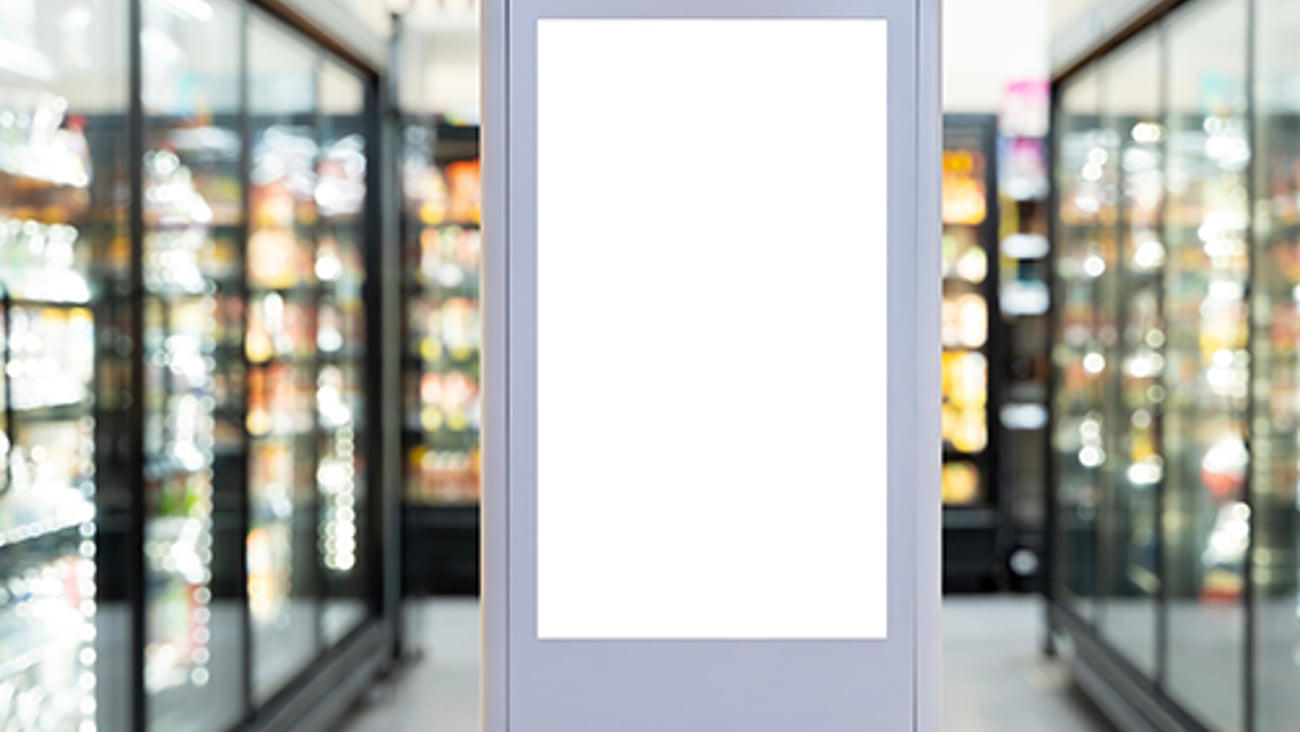Retailers retool loyalty efforts for new era
I once heard a retail expert remark that if you’re looking for loyalty, you should get a dog.
That point made sense in the days when many retail loyalty programs looked similar and often ran into challenges generating loyalty.
Lately, however, there’s reason to think a dog isn’t the only option. More food and drug retailers, such as Kroger, Giant Eagle and Rite Aid, have been taking unique approaches. Retailers are driving innovation in loyalty efforts amid fast changes in the economy, technology and customer behaviors. This raises the bar for all loyalty strategies.
[Read more: A new look at Gen Z consumers and employees]
Inflation as a Driver
Inflationary periods are prime opportunities to attract customers to loyalty programs. Retailers are increasingly using messaging about savings as they recruit new customers into programs and deliver robust rewards.
A case in point is Giant Eagle, which has rolled out a new pricing initiative that offers savings of up to 20% on more than 1,000 products. Intended for myPerks members, the lower prices are designed to help customers deal with price inflation and will be available at Giant Eagle’s supermarkets and Market District locations.
Personalization Power
The ability to personalize loyalty offers for shoppers continues to advance for retailers. More, including Rite Aid, are going in this direction.
[Read more: Talking to consumers about price and availability]
The company recently replaced its old loyalty program with a new effort called Rite Aid Rewards. The new direction involves personalized offers and challenges, with the latter enabling opportunities for customers to earn even more points when they achieve purchase thresholds on favorite products.
Multilevel Efforts
Many loyalty efforts have become multitiered, which may include both free and paid levels. The latter might be referred to as membership programs. Kroger’s new Boost program has two paid levels that enable faster turnarounds on deliveries, among other benefits.
Albertsons, meanwhile, operates a relatively new free loyalty program, Albertsons for U, and an optional subscription service, Fresh Pass, that offers price breaks on deliveries and additional rewards.
Data Imperative
An increasingly essential element for loyalty programs is collecting accurate and comprehensive shopper-identified purchase data, said Gary Hawkins, CEO of the Center for Advancing Retail and Technology, or CART.
[Read more: Building strategies around local products]
Hawkins refers to a “shopper intelligence chasm,” in which “a handful of companies are collecting massive stores of shopper-identified data and using AI expert systems to power insights and action. ”Which retailers are taking leadership roles? “Companies like Amazon and Kroger are positioned to leverage their data into accelerating performance,” he said.
Creative Opportunities
Retailers have opportunities to take more creative approaches, and sometimes these are best accomplished via partnerships. As one example, Save Mart is tying into the electric vehicle trend by expanding its EVgo Advantage program in partnership with EVgo, the public fast-charging network. The program enables drivers to use promotions delivered from EVgo after a charging session is started.
In another partnership example, The Fresh Market has unveiled its first-ever loyalty program, called the Ultimate Loyalty Experience, in an alliance with Inmar Intelligence. It will include unique regional and seasonal activations to help capitalize on important sales cycles.
Retailers can pull ideas from a growing number of innovative loyalty initiatives. This is a good time to review the field and reassess existing strategies for a new era. Doing this well will lead to programs that resonate with shoppers and drive success for retail businesses.





